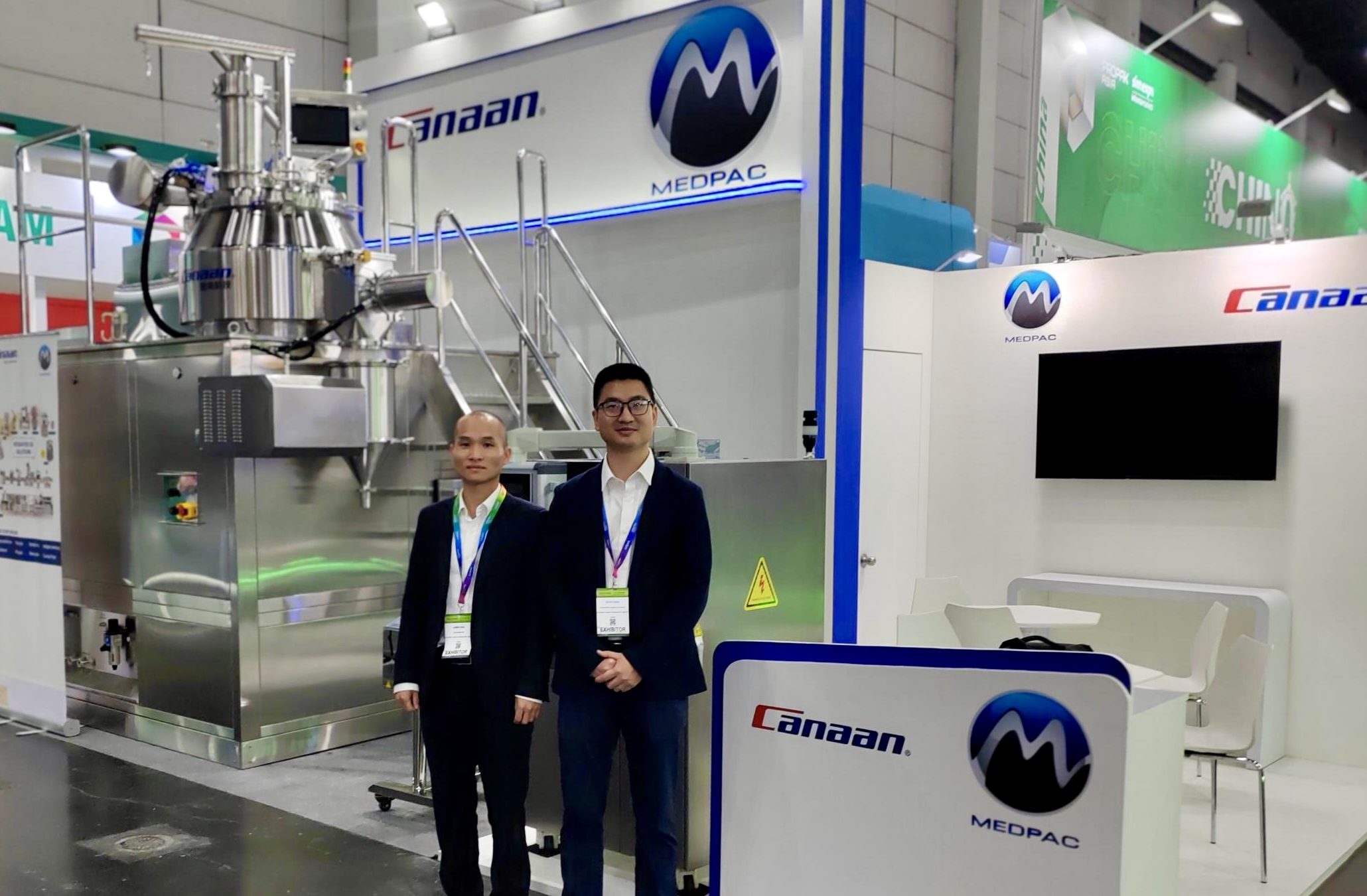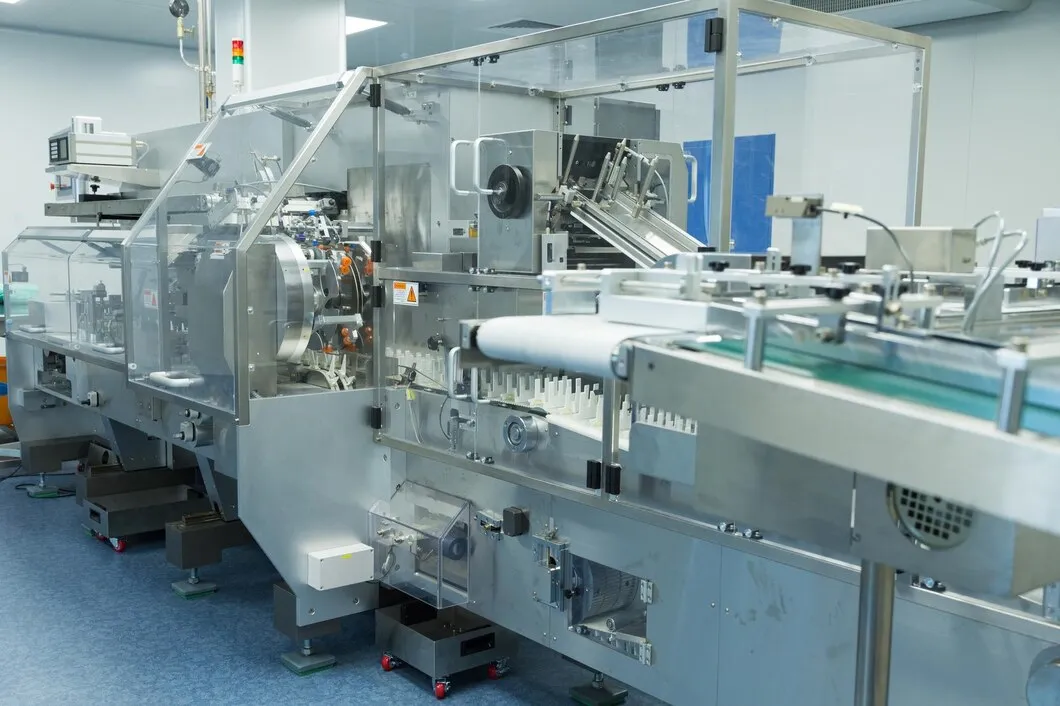Jeśli tu jesteś, prawdopodobnie chcesz dowiedzieć się, jak produkcja kapsułek faktycznie działa — od wewnątrz na zewnątrz. Być może planujesz zwiększyć skalę, ulepszyć swoje maszyny lub po prostu potrzebujesz jaśniejszego obrazu całego procesu przed podjęciem decyzji.
W każdym razie poniższy opis przeprowadzi Cię przez każdy etap, bez zbędnych szczegółów — tylko te kroki, które mają znaczenie w rzeczywistej produkcji.
Spis treści
Produkcja zaczyna się od otoczki kapsułki. Większość otoczek jest wykonana z żelatyny lub HPMC, w zależności od tego, czy pracujesz ze standardowymi, czy roślinnymi formułami. Wybrany materiał jest podgrzewany i zamieniany w ciecz.
Metalowe szpilki zanurza się w tym płynie, aby utworzyć połówki kapsułek. Następnie są one suszone w starannie kontrolowanych warunkach. Po utwardzeniu są przycinane i oddzielane — gotowe do napełnienia.
Następnie produkt trafia do kapsułki. Składniki aktywne są mieszane z substancjami pomocniczymi w celu poprawy przepływu, stabilności i konsystencji. W zależności od formulacji może to obejmować mieszanie na sucho lub granulację na mokro.
Celem jest tutaj jednolity rozmiar i waga cząstek. Dzięki temu każda kapsułka zawiera dokładną ilość substancji czynnej, co jest kluczowe dla bezpieczeństwa i zgodności.
Gdy proszek lub granulki są gotowe, puste kapsułki trafiają do maszyny napełniającej. Maszyny te oddzielają wieczko i korpus kapsułki, napełniają dolną połowę produktem, a następnie zamykają kapsułkę.
Szybkie napełniacze kapsułek mogą obsługiwać proszki, granulki, tabletki, a nawet płyny — w zależności od konfiguracji. W przypadku większych operacji automatyzacja jest kluczowa dla utrzymania prędkości i zmniejszenia ilości odpadów.
Kanaan Automatyczna maszyna do napełniania kapsułek serii NJP jest zaprojektowany dokładnie do tego etapu — dostarczania szybkiego, precyzyjnego napełniania z minimalną ilością odpadów. Z łatwością obsługuje proszki, granulki i peletki i jest zbudowany do produkcji wielkoseryjnej i ciągłej. Seria NJP to niezawodny wybór dla producentów, którzy potrzebują szybkości, dokładności i zgodności w jednym systemie.

Po napełnieniu dwie połówki kapsułki są bezpiecznie zablokowane razem. Niektóre maszyny mają funkcję uszczelniania taśmą, aby zapewnić dodatkową ochronę — szczególnie przydatną w przypadku kapsułek wrażliwych na wilgoć lub wypełnionych płynem.
Krok ten zmniejsza ryzyko wycieku, manipulacji lub oddzielenia się podczas obsługi, transportu lub przechowywania.
Napełnione kapsułki często przechodzą przez maszynę polerującą. Usuwa to nadmiar proszku na zewnątrz i poprawia wygląd. Czyste kapsułki są również mniej podatne na zacinanie się maszyn pakujących w dół.
Odpylanie pomaga spełnić standardy czystości GMP i poprawia prezentację produktu, co jest szczególnie ważne w przypadku produktów sprzedawanych detalicznie lub bezpośrednio konsumentom.
Każda partia musi przejść rygorystyczne kontrole jakości. Kapsułki są sprawdzane pod kątem defektów, takich jak pęknięcia, niedopełnienie lub niezgodność kolorów. Różnice w wadze są również sprawdzane w celu potwierdzenia dokładności dawkowania.
Wiele linii obejmuje detektory metali, systemy wizyjne i jednostki odrzucające, aby wyłapywać wszelkie błędy w czasie rzeczywistym. Dokumentacja na tym etapie jest krytyczna dla zgodności z przepisami i możliwości śledzenia.
Po zatwierdzeniu kapsułki trafiają na linię pakowania. Mogą być butelkowane, pakowane w blistry lub napełniane do saszetek — w zależności od ostatecznego formatu.
Kody partii, daty ważności i inne informacje o możliwości śledzenia są drukowane lub etykietowane na tym etapie. Ostateczna kontrola zapewnia, że każde opakowanie jest zapieczętowane, czyste i gotowe do sprzedaży.

Prowadzenie płynnej linii produkcyjnej kapsułek zależy od posiadania odpowiedniego sprzętu na każdym etapie. Każda maszyna odgrywa rolę w utrzymaniu spójności produkcji, zmniejszaniu błędów i maksymalizacji wydajności.
Używanie zintegrowane systemy—gdzie każda maszyna działa razem w synchronizacji—pomaga ograniczyć przestoje, obniżyć koszty pracy i poprawić identyfikowalność. Jest to szczególnie ważne dla firm zarządzających wieloma SKU lub działających w ramach ścisłych okien dostaw.
Kapsułki występują w różnych formach, a odpowiednia kombinacja zależy od produktu, rynku i celów produkcyjnych. Poniżej przedstawiono główne opcje do rozważenia przy wyborze typów kapsułek i jak można je dostosować do swojej marki.
Typy materiałów:
Rozmiary:
Opcje kolorów i brandingu:
Rodzaje wypełnień:
Personalizacja kapsułek nie tylko poprawia ich użyteczność i atrakcyjność na półce, ale także wspiera zgodność z przepisami, identyfikację marki i zaufanie konsumentów.
Produkcja kapsułek to precyzyjny proces, który opiera się na odpowiedniej konfiguracji, umiejętnej obsłudze i wydajnych maszynach. Niezależnie od tego, czy produkujesz na małą skalę, czy obsługujesz miliony kapsułek dziennie, każdy krok ma znaczenie.
Na Kanaan, zapewniamy sprzęt i fachową wiedzę, które pomogą Ci produkować kapsułki wydajnie i na najwyższym poziomie.
Trzeba unowocześnić linię produkcyjną kapsułek? Skontaktuj się z nami porozmawiaj z naszym zespołem — jesteśmy gotowi pomóc Ci skalować biznes w sposób mądrzejszy.




Zanim jakikolwiek lek trafi do pacjenta, zaczyna się w laboratorium. To tam testuje się formuły, sprawdza partie, a jakość jest potwierdzana lub kwestionowana. Aby wykonać tę pracę prawidłowo, laboratoria są zależne od właściwego sprzętu — narzędzi, które nie tylko wykonują zadanie, ale robią to precyzyjnie. Jeśli odpowiadasz za prowadzenie lub […]

Opakowania typu blister są wszędzie w branży farmaceutycznej — od tabletek po kapsułki i opakowania próbek. Chronią produkt, wydłużają okres przydatności do spożycia i poprawiają bezpieczeństwo pacjenta. Jednak dla producentów to coś więcej niż tylko opakowanie — to system zbudowany wokół szybkości, precyzji i zgodności. Jeśli działasz w branży farmaceutycznej lub w zaopatrzeniu w opakowania, oto, co musisz wiedzieć o opakowaniach typu blister […]

Jeśli decydujesz, jak dostarczyć produkt farmaceutyczny lub suplement, wybrany format — płynne żele lub tabletki — wpłynie na więcej niż tylko jego wygląd. Ma wpływ na sposób wytwarzania produktu, szybkość wchłaniania, rodzaj potrzebnego sprzętu i sposób odbioru produktu przez użytkownika końcowego. Niektóre substancje czynne działają lepiej w […]